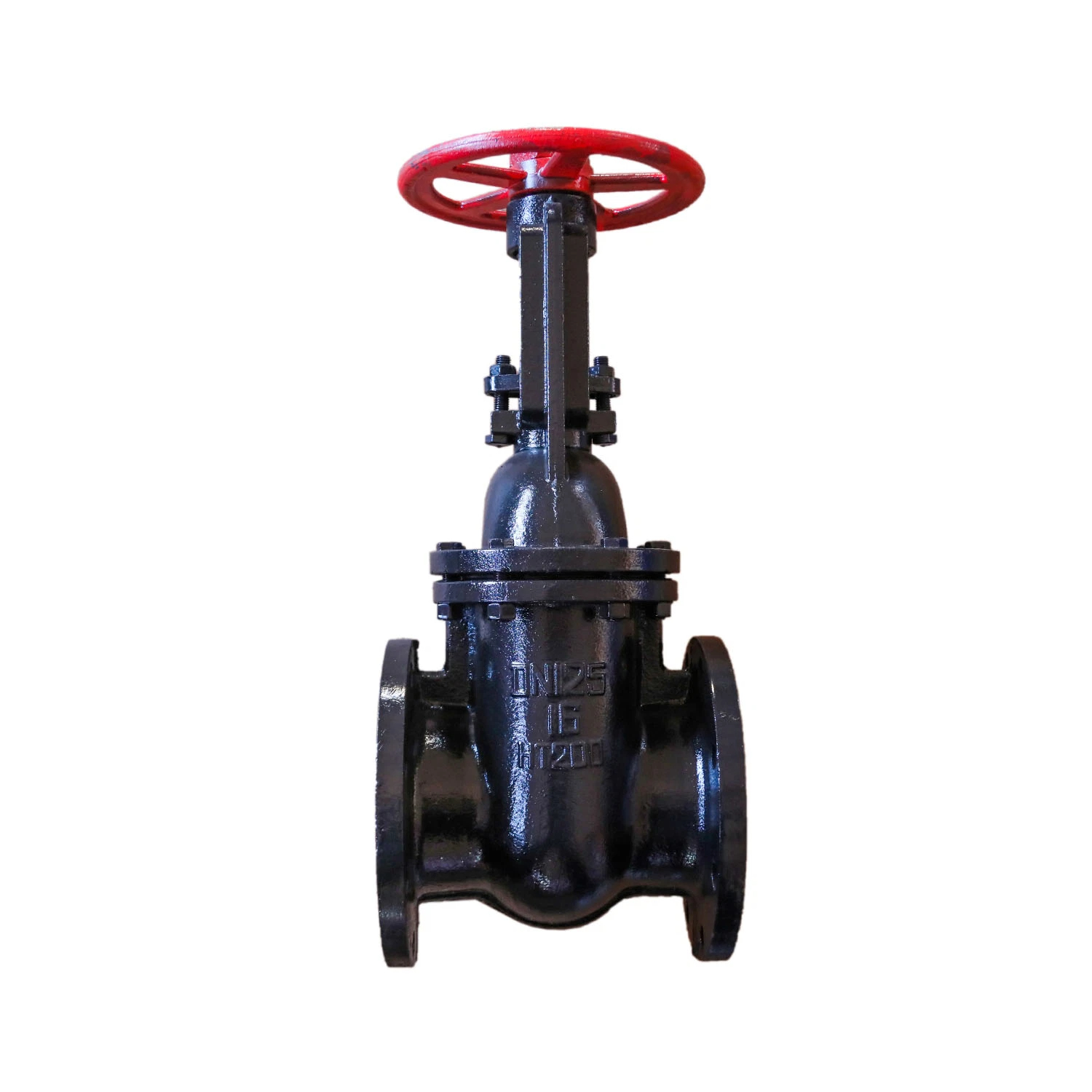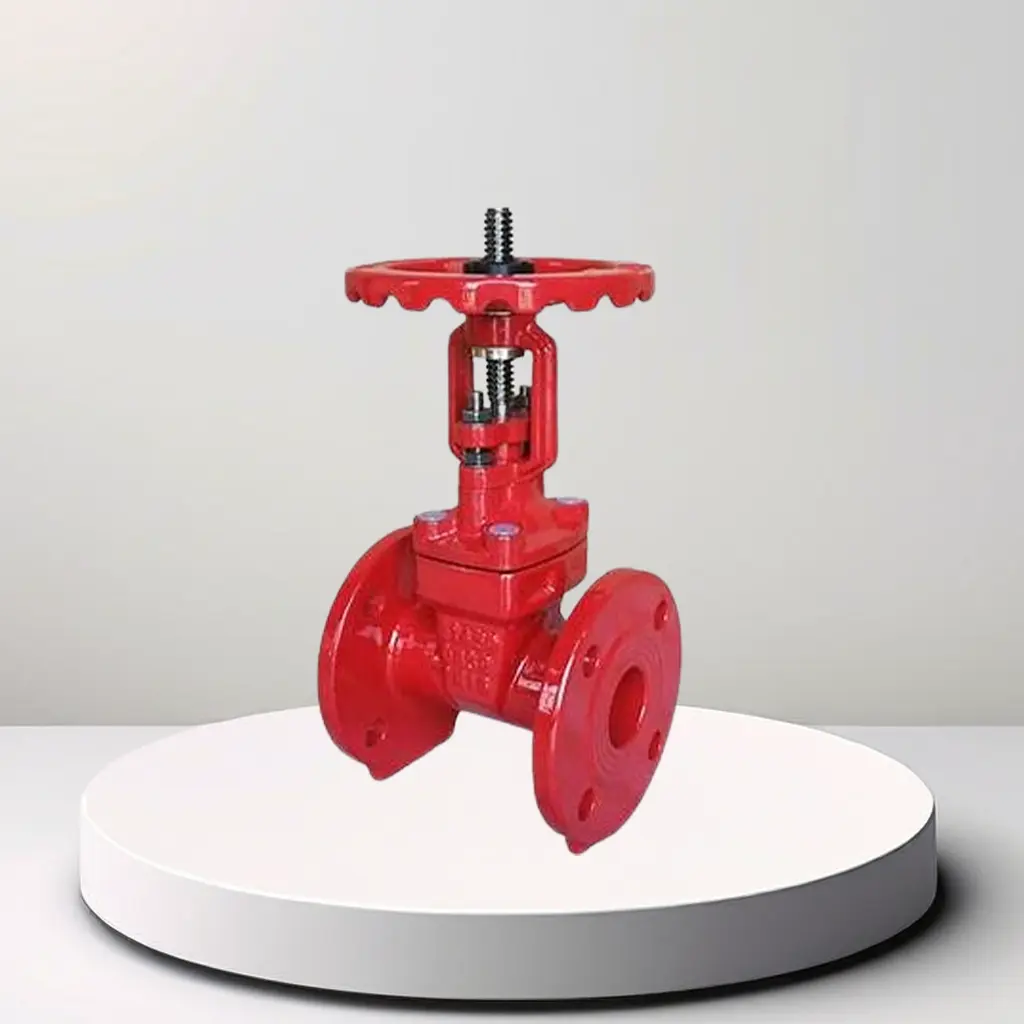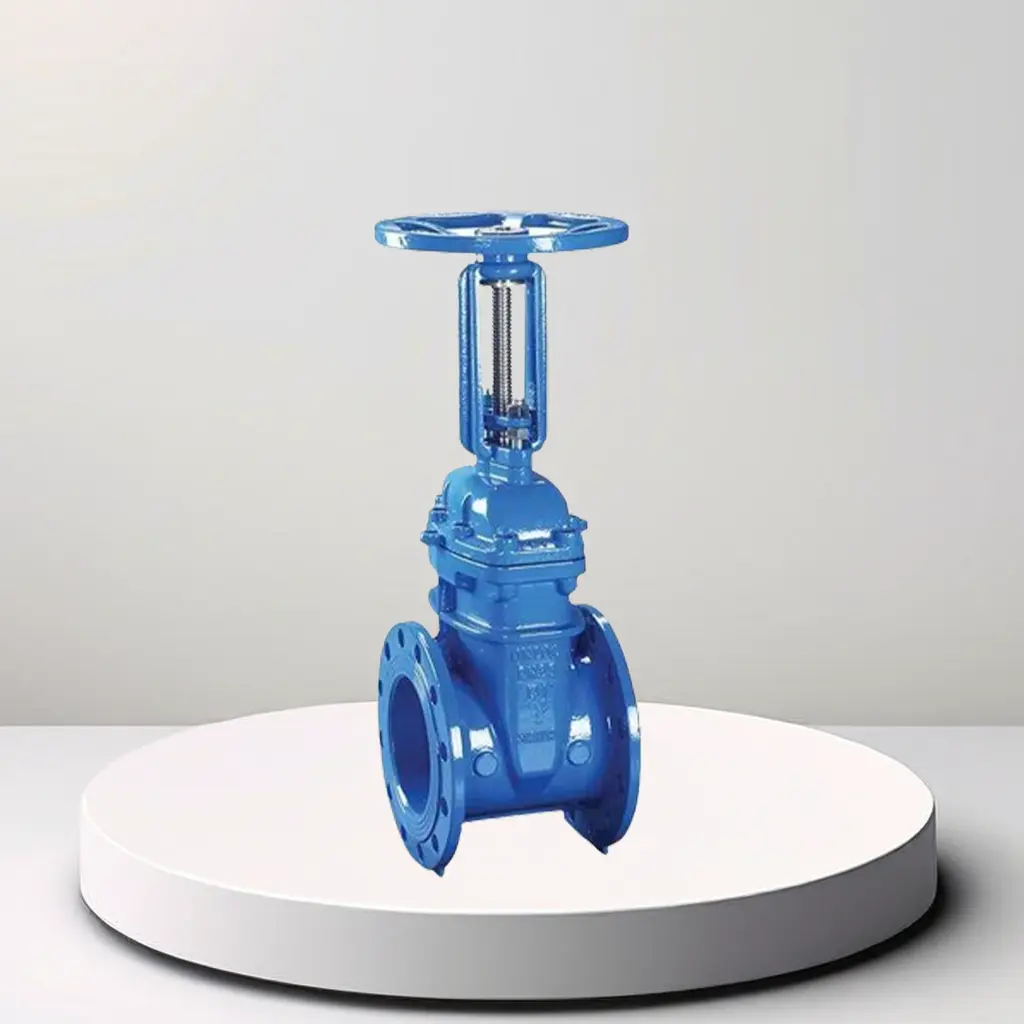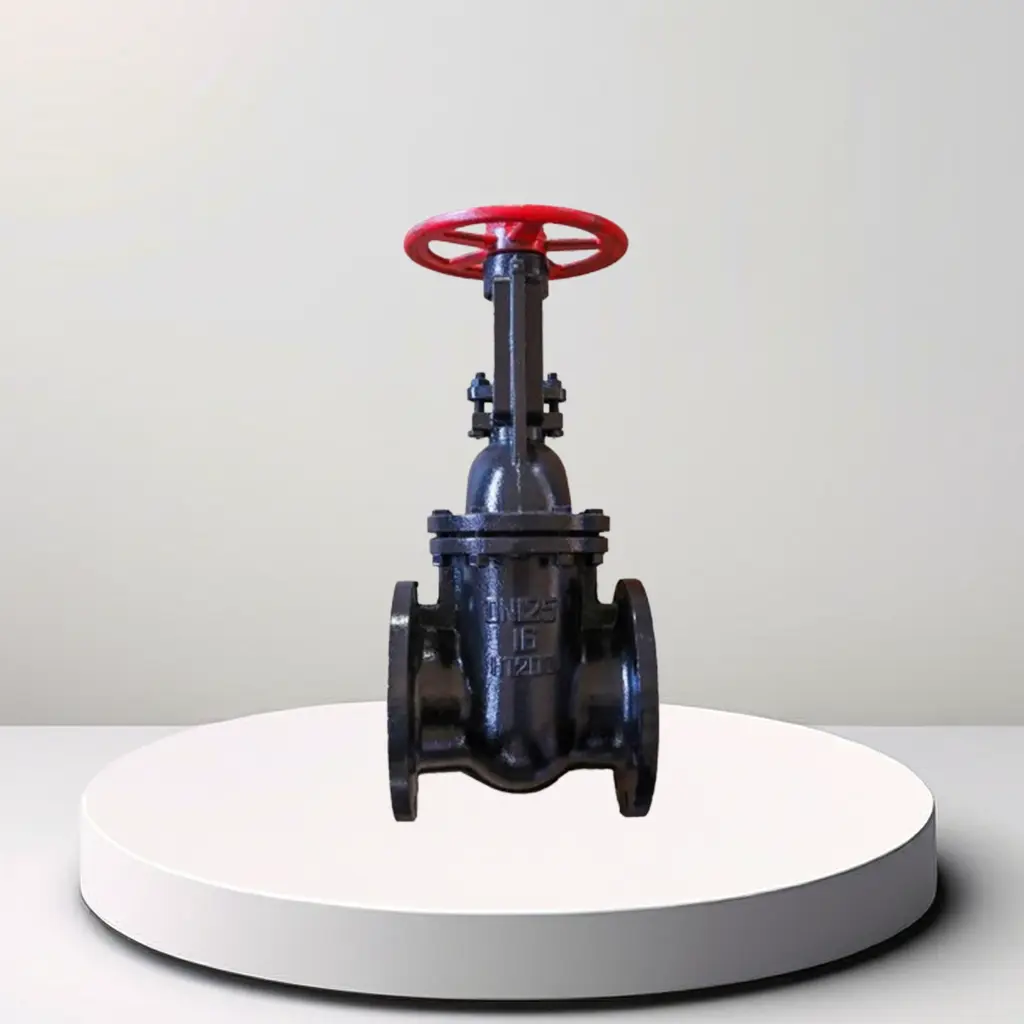Product Description
A Russian Rising Stem gate Valve is a type of gate valve that is widely utilized in industrial applications, particularly in Russia and other CIS countries. Here is a detailed description of its features, construction, and applications:
Construction and Design
1. Rising Stem Mechanism: The valve features a rising stem, meaning that the stem moves up and down as the valve is opened or closed. This provides a visual indication of the valve's position, allowing operators to easily determine whether the valve is open or closed.
2. Gate Mechanism: The valve uses a gate or wedge that moves perpendicular to the flow of the fluid. When the valve is fully open, the gate is completely retracted, allowing unobstructed flow. When closed, the gate provides a tight seal, preventing fluid from passing through.
3. Materials: The valve body is typically made from durable materials such as cast iron, carbon steel, or stainless steel. These materials ensure longevity and resistance to various environmental and operational conditions.
4. Stem and Bonnet: The stem is connected to the gate and extends through the bonnet. The bonnet is designed to house the stem and provides a seal to prevent leaks when the valve is in operation.
Standards and Specifications
- Russian Standards: These valves are manufactured according to GOST (Russian) standards, ensuring they meet the specific requirements and conditions prevalent in Russian industrial settings.
- Pressure Ratings: Russian Rising Stem Gate Valves are available in various pressure ratings, typically ranging from PN16 to PN100, suitable for different operational pressures.
- Size Range: These valves are available in a wide range of sizes, from DN50 to DN1000, to accommodate various pipeline diameters.
Features
1. Visual Position Indication: The rising stem design allows for easy visual confirmation of the valve's position, which is critical for safe and efficient operation.
2. Tight Sealing: The gate provides a reliable seal, either through metal-to-metal contact or with resilient seating, ensuring no leakage when the valve is closed.
3. Manual and Automated Operation: These valves can be operated manually using a handwheel or lever, or they can be automated using electric, pneumatic, or hydraulic actuators.
Applications
- Water Supply and Distribution: Used extensively in municipal and industrial water supply systems for controlling the flow of water.
- Oil and Gas Industry: Suitable for controlling the flow of crude oil, natural gas, and other hydrocarbons in pipelines and processing plants.
- Chemical Processing: Utilized in chemical plants for managing the flow of various chemicals and process fluids.
- Power Generation: Employed in power plants for controlling the flow of steam, cooling water, and other fluids.
- Wastewater Treatment: Used in sewage and wastewater treatment facilities to manage the flow of waste fluids.
Advantages
- Clear Position Indication: The rising stem design provides a clear and immediate indication of the valve's status, enhancing operational safety and efficiency.
- Durability and Reliability: Constructed from high-quality materials, these valves are designed to withstand harsh operating conditions and provide long service life.
- Ease of Maintenance: The simple and robust design of these valves allows for straightforward maintenance and repair, minimizing downtime.
Summary
Russian Rising Stem Gate Valves are essential components in many industrial applications, offering reliable performance and clear visual indicators of valve position. Their robust construction and adherence to Russian standards make them suitable for a wide range of uses, including water supply, oil and gas, chemical processing, power generation, and wastewater treatment.



